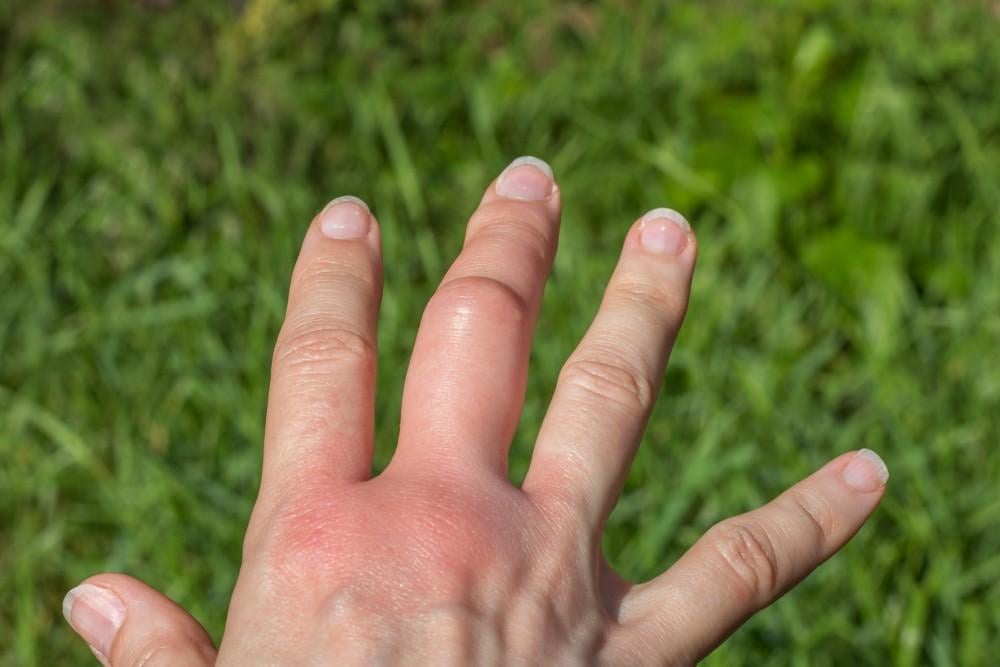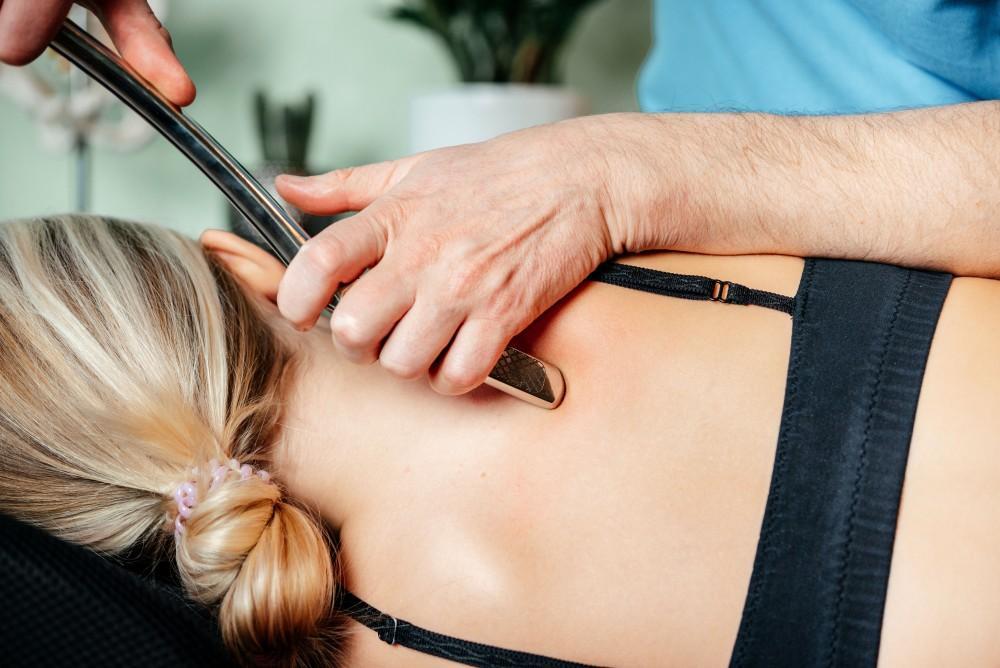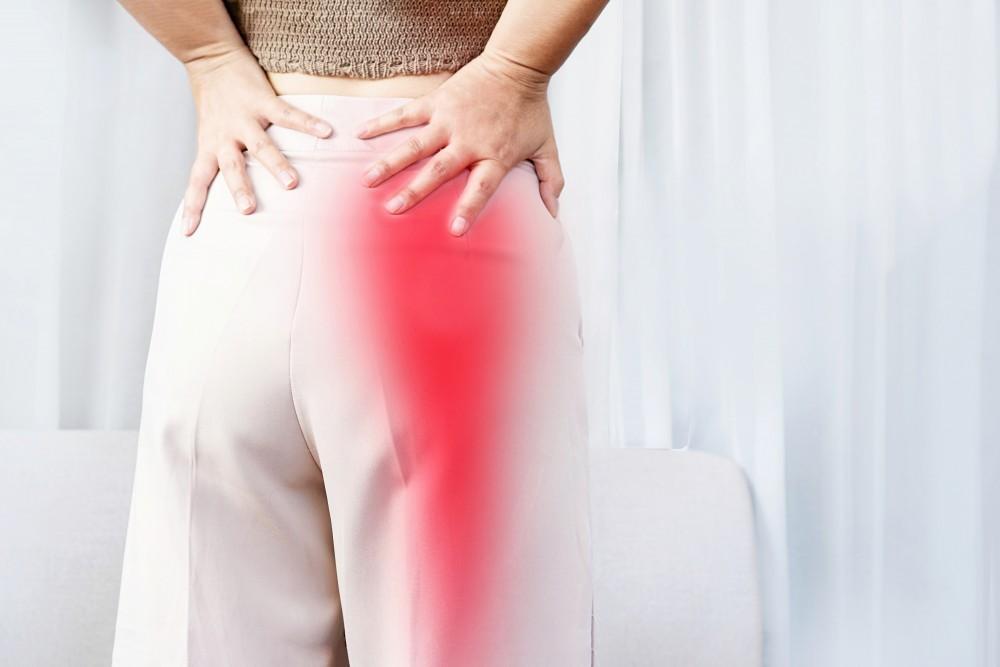Regardless of what condition you struggle with, the type of pain you endure is labeled under one of two descriptions: acute, where the pain is present for a fairly short time then dissipates, or chronic where the pain is persistent for long periods of time. Chronic pain affects 20% of the adult American population, which amounts to about 50 million people, with 20 million dealing with pain bad enough to restrict work, social activity, and self care. Knee pain is a very common problem, and chronic knee pain is a major issue for millions of Americans.
There are many factors that affect your risk of knee pain, and avoiding this condition means finding ways to reduce those factors. Let’s examine what you can do to lower risks by looking at the signs and causes of knee pain, and what you can do to prevent it. If you live in the Houston or Spring, Texas, area and you’re struggling with knee pain or other joint problems, Drs. Billy Cheong, Kesia Broome, Elias Madrid, Theresa Shaw, and the medical team at Elite Spine and Health Center can help you find relief.
Signs of knee pain
This synovial joint is the largest one in your body, and is both one of the most complex joints and often the most stressed, as it is used so frequently. Persistent pain can affect any part of your knee, including your patella (kneecap), tibia (shinbone), femur (thighbone), ligaments, and cartilage. Symptoms of chronic knee pain often present with dull, burning discomfort, constant ache, and sharp pain when being used.
Causes of knee pain
You can experience chronic knee pain for many reasons, including:
- Trauma: overuse injuries, direct trauma to the knee, and repetitive motion can all lead to tears, fractures, and dislocations in the joint.
- Medical conditions: illnesses like tendonitis, bursitis, chondromalacia patella, infections, and tumors in the knee can lead to chronic knee pain
- Obesity: excess weight puts more pressure on your whole body, and your lower body has to sustain it when your walking, especially the knees
- Baker’s cyst: built of fluid behind the knee can cause chronic pain
- Degenerative problems: Osteoarthritis and osteoporosis are both conditions that lead to wear and tear on the joint, with the latter weakening the bone, cartilage, and tissue
- Arthritis: osteoarthritis is listed above, but other forms in the joint inflammation include gout and rheumatoid arthritis, both of which can lead to swelling and pain in your knee
Methods of prevention
Here are some basic steps to lower your chances of dealing with knee problems:
Warming up
Getting primed and ready before strenuous activity is always a good idea, and it can help your knees a lot. Stretching the quadriceps and hamstrings prior to and right after intense sports or exercise will help to keep your knees healthy.
Exercises
Low impact exercises like swimming and bicycling can help your knees a great deal, and can be done in addition to running, or after tennis.
Weight loss
Shedding some pounds can make a world of difference for your whole bloody health, including reducing the stress your knees undergo any time you’re on your feet.
Walking on even surfaces
Uneven surfaces can create problems for your knees and your ankles, so if you’re walking or running on a regular basis, try paved roads, tracks, or walking areas.
Support gear
Knee braces, orthotics and other support wear can make a lot of impact on the health of your lower body, and finding proper shoes that fit will help your feet, ankles and knees.
These are just some things you can do to preserve your lower limbs, and we have plenty of methods to help your knees stay healthy. So, if you’re dealing with knee problems, make an appointment with Elite Sports and Health Center to help relieve the pain and help you get back on track.




